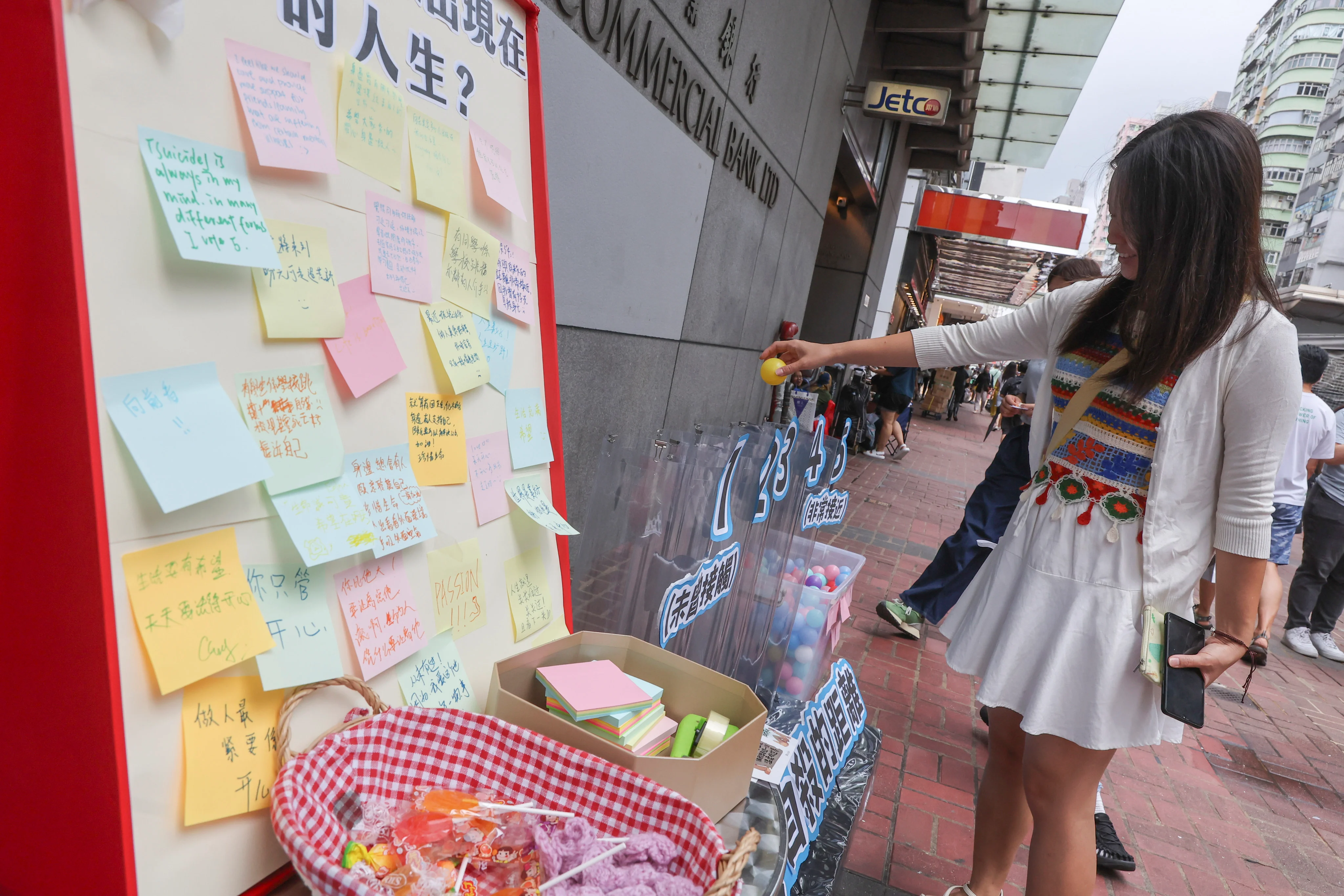By Paul Yip,Wendy So
Copyright scmp

September 10 marks World Suicide Prevention Day, a vital global call to action that unites communities worldwide – including individuals, organisations and those with lived experience – to initiate crucial conversations and reaffirm our collective role in preventing suicide.
This day is aligned with the 2024-2026 triennial theme, “Changing the Narrative on Suicide”, which urges us to challenge the stigma and misconceptions that too often silence those in need. Although this essential work continues year-round, today offers a pivotal moment to highlight these efforts, honour those we have lost and support the bereaved.
Suicide remains a pressing public health crisis. The World Health Organization estimates that more than 700,000 lives are lost to suicide globally each year. Here in Hong Kong, we face a deeply concerning trend with about 1,000 deaths by suicide annually and a rising rate in the past three years. Each number represents a life cut short and a community in mourning, a reality that underscores the profound psychological and social impact of these losses.
Estimates suggest that at least 10 people are significantly affected by each suicide case. The true scale of suffering is even greater as this figure does not account for the many people experiencing suicidal thoughts or attempts, with surveys finding around 10 per cent of young people in Hong Kong reporting suicidal thoughts in the past 12 months.
The reasons behind every suicide are invariably complex. While family and school problems are most common among teens, financial and relationship problems are more prevalent among young adults. Physical health becomes a significant concern among older adults.
Notably, family dynamics are a critical factor found across all age groups. A supportive family unit can be a powerful protective factor, whereas a lack of functional family support can significantly magnify other stresses.
The city’s current unfavourable economic environment has raised legitimate concerns. Financial hardship involves more than just debt. It is often intertwined with barriers to seeking help, concerns about “face” or social perception and severe strain on family relationships. With Hong Kong’s rising unemployment rate, these challenges pose a significant threat, especially to household breadwinners.
We have seen this complexity in recent tragic events, including possible murder-suicides, which have caused considerable community distress. While protecting the right of children to life is paramount, we must also recognise that perpetrators in such cases were often people in unbearable pain who desperately needed help. This underscores the critical need for earlier detection and intervention to prevent future tragedies.
This crisis touches all age groups, and a particularly alarming trend has emerged among students. We hope schools can create more opportunities to build a suicide-safer community by actively cultivating and nurturing relationships among peers and between teachers and students.
In our high-stress city, maintaining mental wellness is a universal challenge. Many people facing a combination of pressures don’t know where to turn, with few seeking help proactively. Consequently, we must work to make our support services more available and accessible to all.
Therefore, creating a safer, more supportive community requires a proactive and compassionate response where we move beyond passively waiting for those in distress to ask for support. Most people experiencing suicidal thoughts signal their distress through subtle changes in behaviour or conversation. By equipping ourselves to recognise these signs and having the courage to ask directly, “Are you thinking about suicide?”, we can break the stigma.
Our centre has held training for the safeTALK programme to promote early detection and intervention. It was attended by people from all walks of life, and the response has been overwhelmingly positive. The key is not so much a specific skill but rather cultivating a mindset to listen empathically and respond in a timely manner to keep people safe.
Importantly, discussing suicide openly does not induce thoughts in others. Instead, it provides a lifeline to those suffering in silence, giving them the confidence to speak openly.
Ultimately, building a safer community is everyone’s business. It requires government commitment, donor support and thoughtful policy interventions. For example, a recent study by the Actuarial Society of Hong Kong showed excess suicide deaths among the insured aged 20-39, indicating a need to explore the link between insurance exclusion periods and suicide rates to minimise insurance-induced suicides.
Furthermore, promoting family-friendly policies in the workplace is essential. In schools, it requires empowering educators to initiate difficult conversations confidently. At its heart, it requires each of us to become a supportive gatekeeper for our friends, family and colleagues.
Now is the time to act. Let us work collectively to ensure that help and hope are always within reach. Let us create a community where those who need help can find it readily, and those who need space are given it compassionately. Together, we can change the narrative and build a future where every life is valued.



